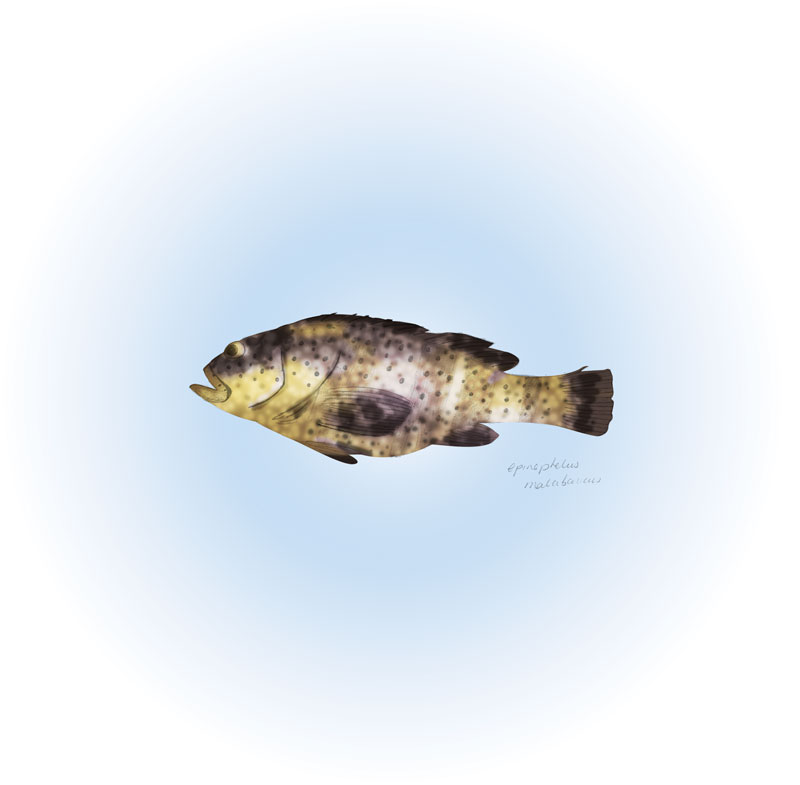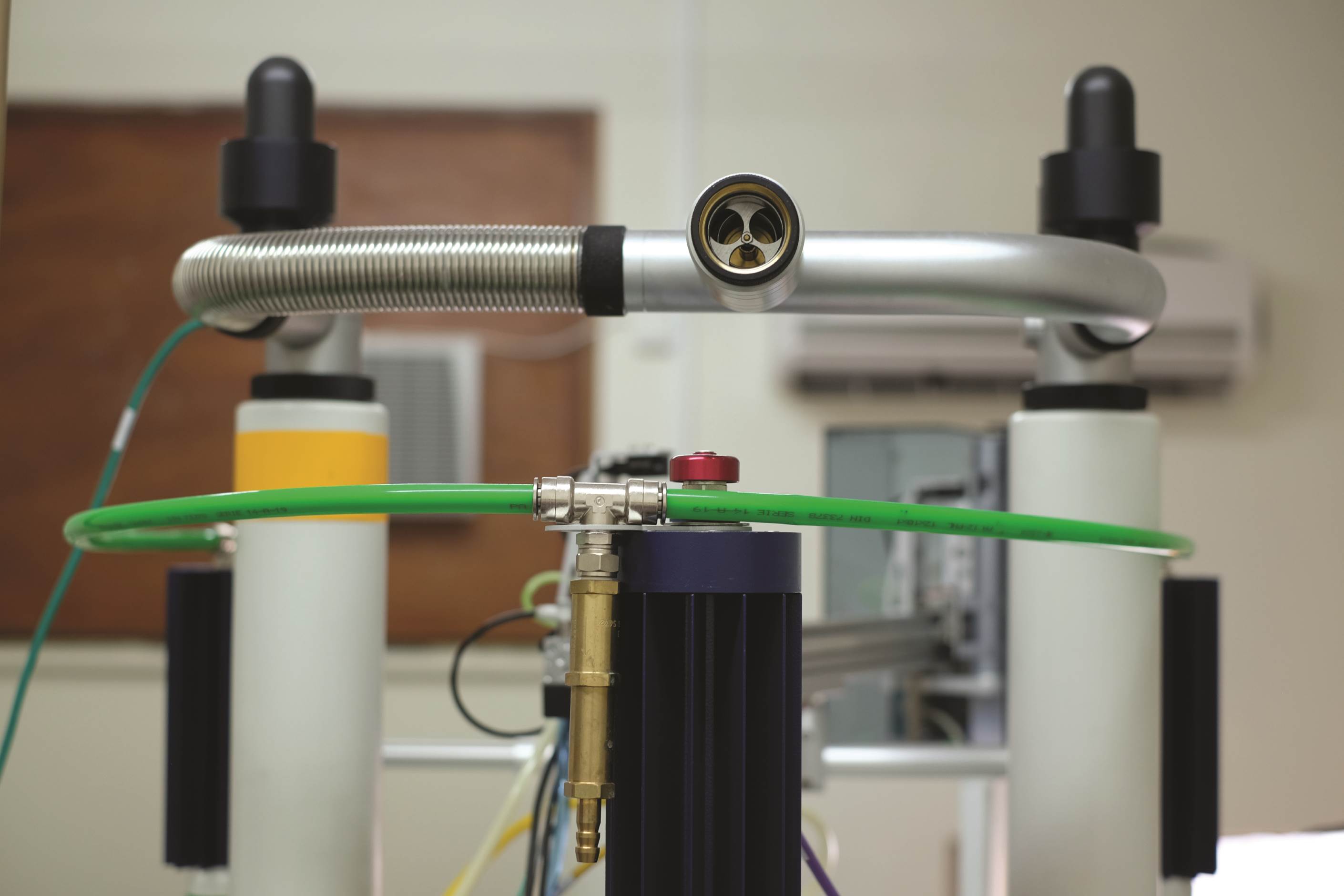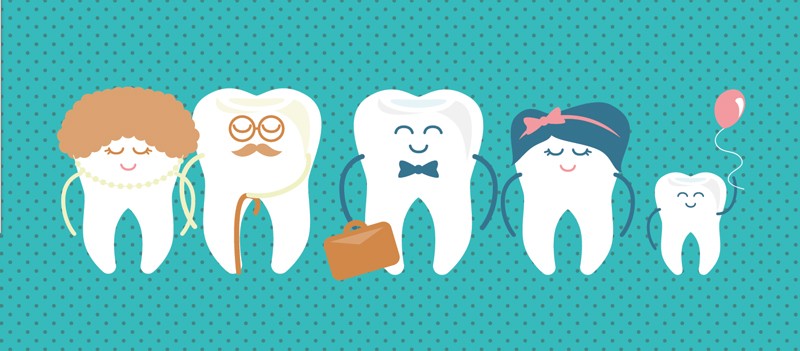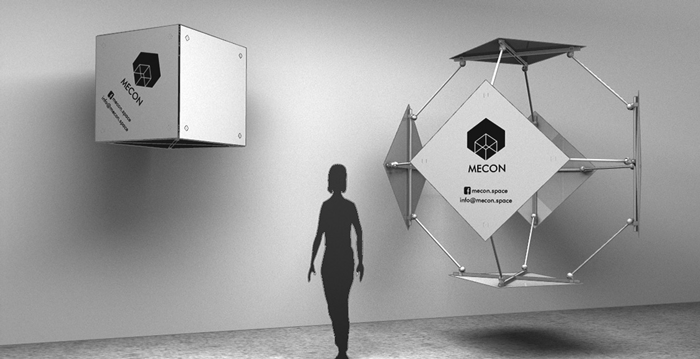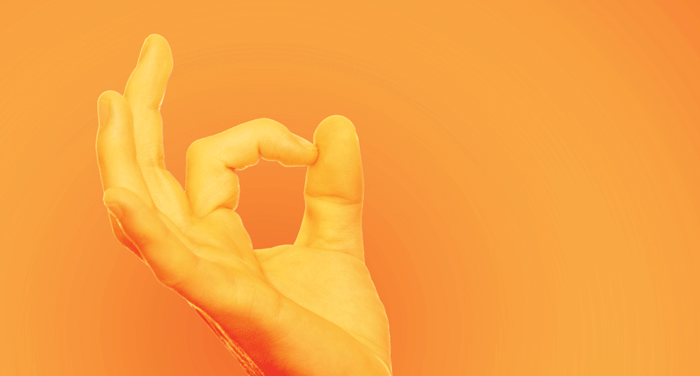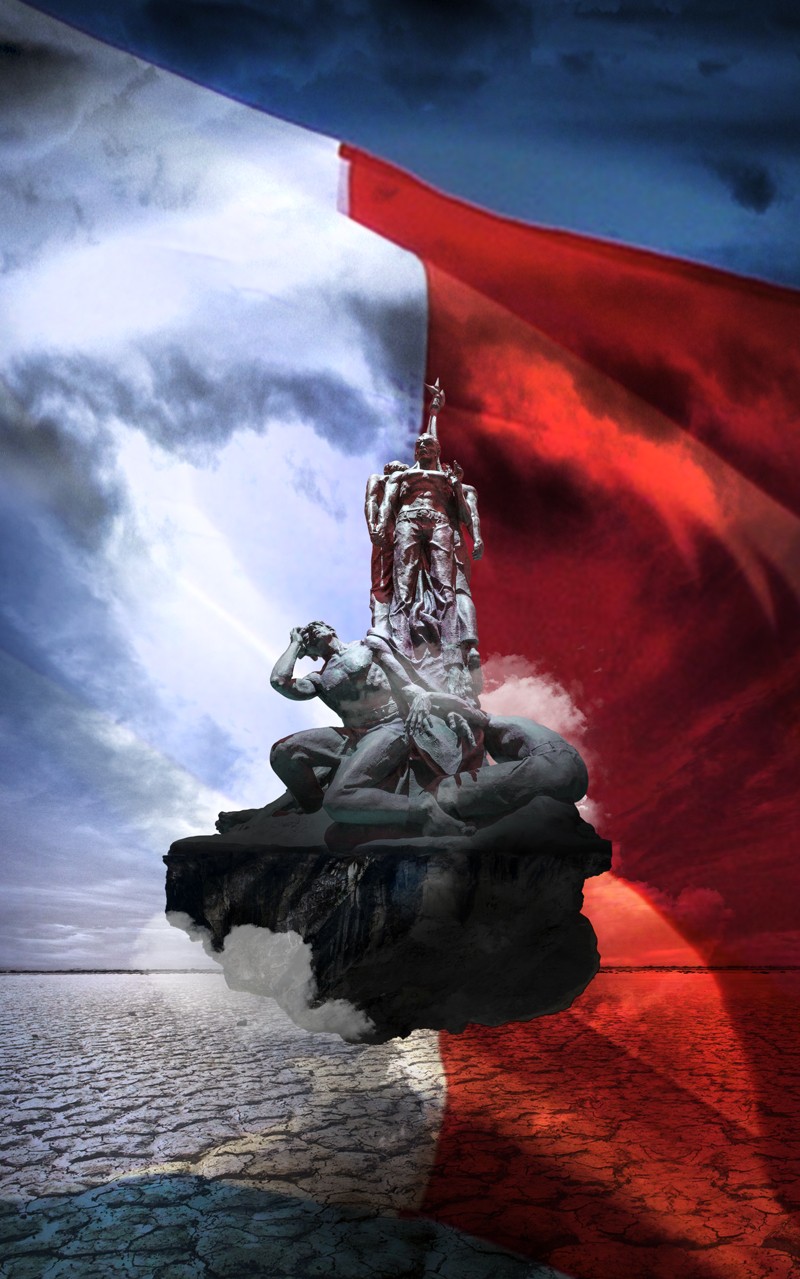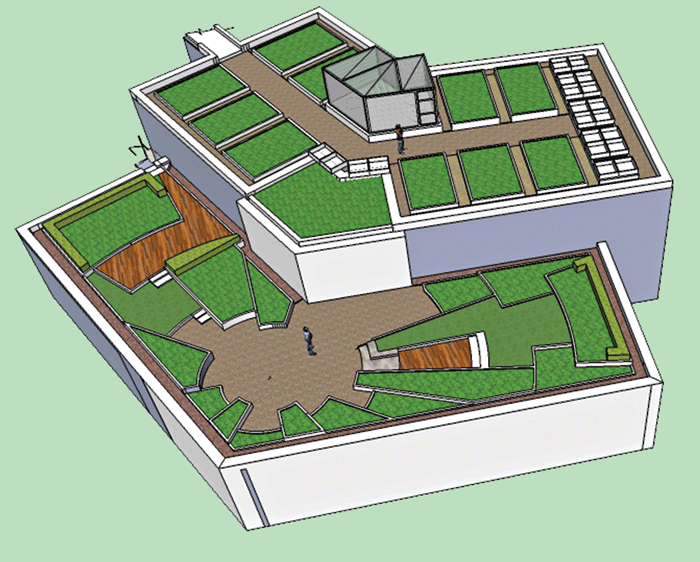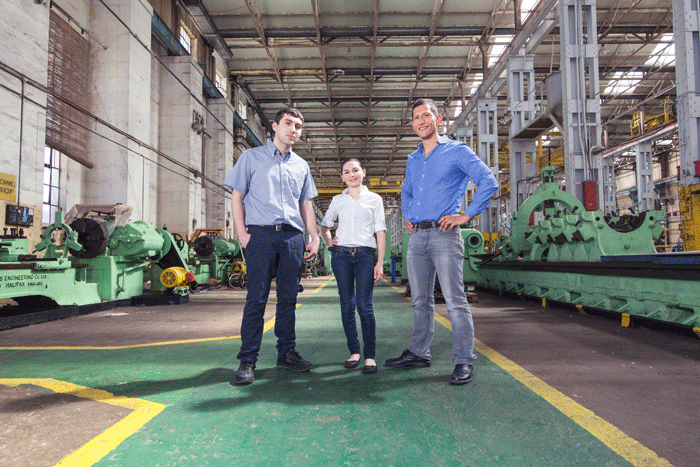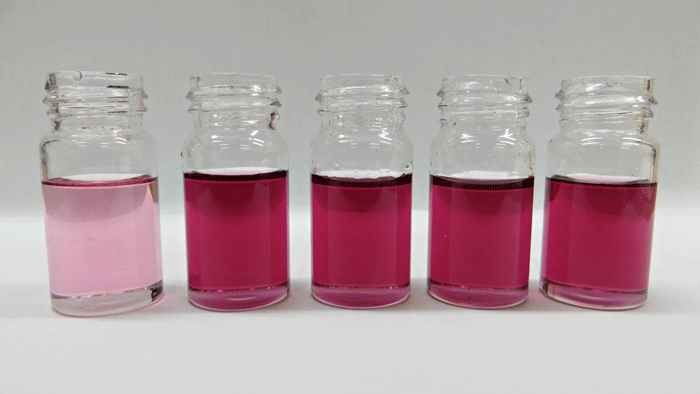Magnets, Spinning Nuclei, and Light
An NMR (Nuclear Magnetic Resonance) spectrometer is a vital machine for the organic chemist. Using its powerful magnet the type, number of atoms, and how they are connected can be figured out. This is key for understanding the structure of organic chemicals such as drugs, pharmaceuticals, and those used in chemical computers.
Research, Teeth, and the Community
Prof. Nikolai Attard was on the other end of the phone and was passionately describing what he had in mind. ‘A mobile dental clinic will be able to reach out to the community, schools, old people’s homes, village squares and we’ll be collecting epidemiological data on oral health which can then be fed into existing health data. At the same time we’ll be providing a free dental examination and advice to thousands of people, which they will then follow up with their personal dentist. This could be a first for Malta.’ Nikolai, Dean of the Faculty of Dental Surgery (University of Malta), is determined to expand the Faculty’s teaching activities and promote oral health.
Mecon
Mecon is an ongoing research project for the 2015 edition of the IASS EXPO, themed Future Visions which is to be held in Amsterdam between June and August 2015. The project is to design and build a structurally innovative, deployable pavilion in a bid to celebrate Future Visions in the field of engineering design and innovation. Mecon is the solution created by a team of five recently graduated architects.
Move over Minority Report
TECH NEWS by Ryan Abela
In 1964 a very clever engineer, called Douglas Engelbart, invented a tiny device that changed the whole concept of how we interact with machines. By moving the device, a pointer on a screen moved, while tapping a button with your finger would cause an action. I’m talking about the mouse—a device now taken for granted—but back in its inception it had revolutionised the way we instructed machines. Instead of giving commands through a keyboard, the mouse made it possible to work in 2D.Continue reading
Writing Maltese Sign language
Dr Maria Galea writes about her journey into the world of Maltese Sign Language and bringing a logical framework to the written form of the language. This work has the potential to empower the approximately 400 deaf people in Malta.
MALTA – Stockholm Syndrome (or why we love the British)
Between 1798 and 1800, Malta changed hands twice. The feudal Knights were easily replaced by Napoleonic France, whom the Maltese initially welcomed, then revolted against a mere 82 days later ushering in the British Empire. ‘Why?’ is a mystery lost in the history books that gloss over the period demonising Napoleon while exalting the British who ruled Malta as a colony till independence in 1964. The Editor met Dr Charles Xuereb to find out.
Continue readingBetween 1798 and 1800, Malta changed hands twice. The feudal Knights were easily replaced by Napoleonic France, whom the Maltese initially welcomed, then revolted against a mere 82 days later ushering in the British Empire. ‘Why?’ is a mystery lost in the history books that gloss over the period demonising Napoleon while exalting the British who ruled Malta as a colony till independence in 1964. The Editor met Dr Charles Xuereb to find out.
Continue readingGreen Roof Malta
In Malta, buildings cover one third of the Island, leaving greenery in the dirt track. Green roofs are one way to bring plants back to urban areas with loads of benefits. Antoine Gatt, who manages the LifeMedGreenRoof project at the University of Malta, tells us more.
Connect the Dots
A new hallmark for graphene, the wonder material of the 21st century, has been found. It has a range of applications—from biomedical to new, smart materials. To gain a better understanding of this discovery, Claire Testa met metamaterials researcher Professor Joseph N. Grima and his team (Department of Chemistry, University of Malta). Photos by Elisa von Brockdorff.Continue reading
Chemistry for Medicine
Written by Kristina Farrugia
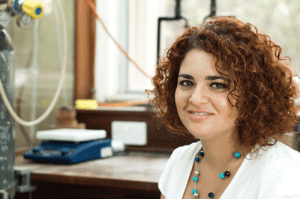
In medicine a timely and accurate diagnosis can decide the chances of survival of a patient. Supramolecular Chemistry is a field that explores the design of intelligent molecules that can assist doctors when taking lifesaving decisions. These intelligent molecules can identify the type and amount of proteins in a patient’s blood or tissue that would indicate disease—in a similar method to blood glucose test strips.

